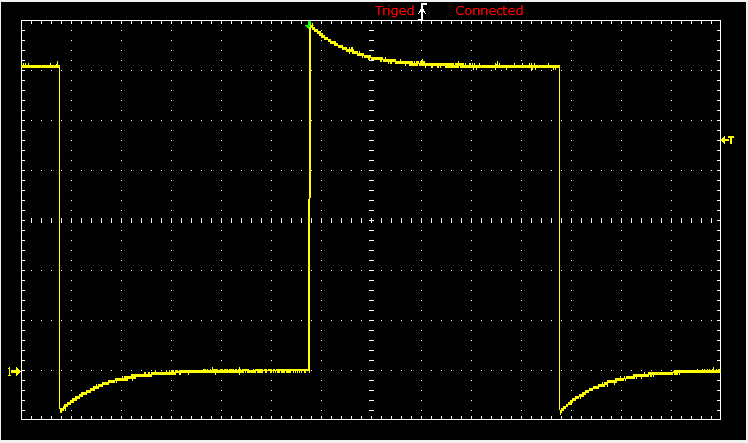Where are Eigenvalues?

Theorem (Gershgorin): Let \( {\bf A} = \left[ a_{ij} \right] \) be a square n×n matrix, when n ≥ 2. Then the spectrum of matrix A is a subset of
\[
\sigma ({\bf A}) \subseteq G({\bf A}) = \cup_{k=1}^n G_k ({\bf A})
\]
in which
\[
G_k ({\bf A}) = \left\{ z \in \mathbb{C} \,:\, |z- a_{kk} | \le R_k ({\bf A})
\right\}
\]
is a disk in the complex plane whose center is at the point
akk and whose radius is the deleted absolute row sum:
\[
R_k ({\bf A}) = \sum_{j\ne k} \left\vert a_{kj} \right\vert .
\]
Let λ be an eigenvalue of a square n×n matrix
A, with n≥2. Then for the corresponding eigenvector
x = [x1, x2, ... ,
xn]T ,
we have
\[
\lambda\,x_i = \sum_{j=1}^n a_{ij} x_j = a_{ii} + \sum_{j\ne i} a_{ij} x_j ,
\qquad i = 1,2,\ldots , n,
\]
which we express as
\[
\left( \lambda - a_{ii} \right) x_i = \sum_{j\ne i} a_{ij} x_j ,
\qquad i = 1,2,\ldots , n.
\]
Let k be any index such that
\[
|x_k | = \| {\bf x} \|_{\infty} = \max_j \left\{ |x_1 | , |x_2 | , \ldots ,
|x_n | \right\} ,
\]
which is nonzero because x ≠ 0. Setting i to be that
value of k, we get
\[
\left\vert \lambda - a_{kk} \right\vert = \left\vert \sum_{j\ne k} a_{ij} \,
\frac{x_j}{\| {\bf x} \|_{\infty}} \right\vert .
\]
The choice of k guarantees that each of the quotient in the above
equation has modulus at most 1. The triangle inequality ensures that
\[
\left\vert \lambda - a_{kk} \right\vert \le \sum_{j\ne k} \left\vert a_{ij}
\right\vert \left\vert \frac{x_j}{\| {\bf x} \|_{\infty}} \right\vert \le
\sum_{j\ne k} \left\vert a_{ij} \right\vert = R_k ({\bf A}) ,
\]
and hence \( \lambda \in G_k ({\bf A}) \subseteq G({\bf A})
. \)
■
The disks \( G_k ({\bf A}) = \left\{ z \in
\mathbb{C} \,:\, |z- a_{kk} | \le R_k ({\bf A}) \right\} \) are c
alled the Gershgorin disks; their boundaries are referred to as the
Gershgorin circles. The set \( G({\bf A}) =
\cup_{k=1}^n G_k ({\bf A}) \) is the Gershgorin region
of matrix A.
